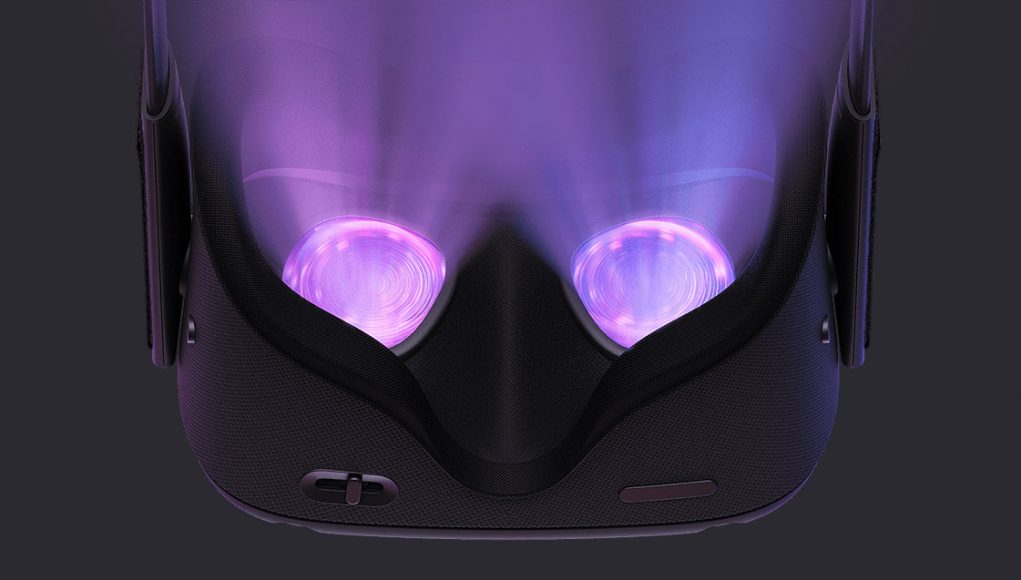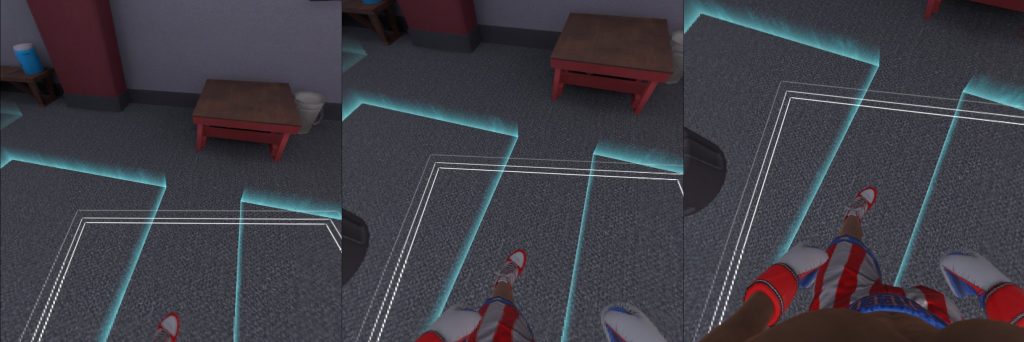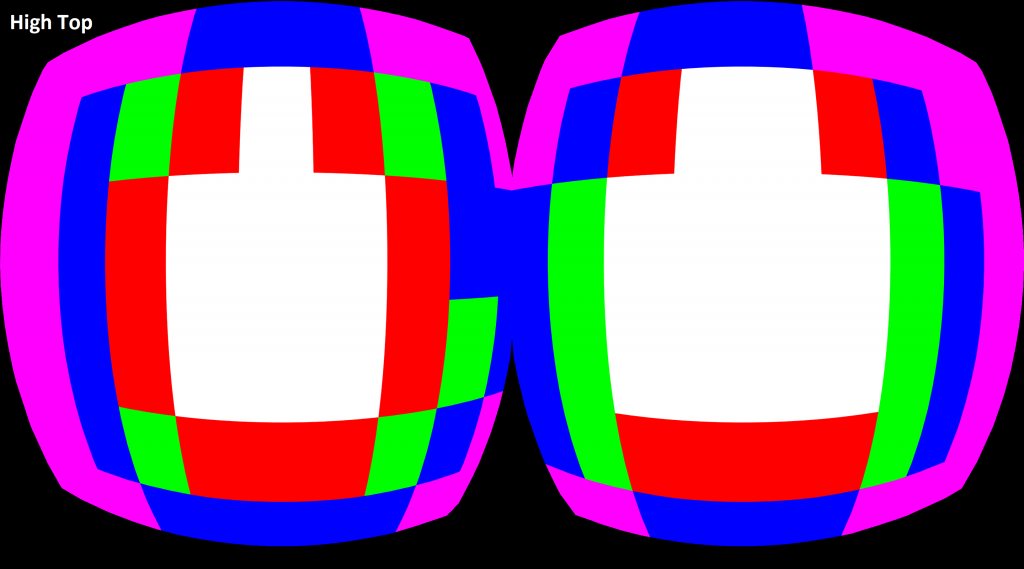
Oculus Quest now has the function of dynamic fixed rendering (FFR), which developers can use instead of manually setting the level of FFR. This feature is now available for Unity, a game engine used for most content Oculus Quest.
Fixed Foveated Rendering is a feature of rendering, which developers can use in Oculus Quest. It displays the periphery of the lens with lower resolution than in the center, which allows the software to maintain a constant and comfortable frame rate by reducing detail in less visible areas. Developers can choose one of four levels: Low, Medium, High and Highest.

FFR can facilitate developers porting games to PC Quest. However, the “High” and “Higher” can be very noticeable to the user.

Dynamic FFR gives developers the ability to enable Oculus to dynamically adapt the level of foveal based on the use of the GPU. This means that if it is not required at that time to improve performance, users will not see pixelation and blur that you see in some games today.

Previously, this feature was by default disabled, so developers had to add it to their games by using software update to get the benefits.
Source








